Important preliminary remarks
Since the actual performance of all board partner cards of the GeForce GTX 1070 Ti ex works has to be very similar due to the fixed base and boost offset for all manufacturers, the real achieved results depend more on the actual achieved in practice. Boost cycle, and thus indirectly from the cooling and primarily also the quality of the respective chip.
Within the necessary tolerance ranges, it is definitely NOT possible that the performance of a particular card could be preceded by all others. We have therefore no longer used a manufacturer's name for the benchmarks, because according to chip quality, any card from any manufacturer can tend to the lower or upper performance limit.
Each test based on benchmark bars is therefore only a random snapshot of a single specimen. This is precisely why we have focused on the actual technical implementation of each model and have been able to document this very well with our equipment.
The following tests will show once again how pointless it is to test cards only in the open bench table. Depending on the design, possible vulnerabilities and weaknesses of the radiator design only appear in the built-in state. Therefore, it is imperative to test and contrast both in the end.
Overview of all maps tested so far
Below we list all our extensive individual reviews for the GeForce GTX 1080 Ti, which score above all in terms of technical features and the details of the implementation in production. So if you want to go into the depths in addition to the comparative evaluations of this summary, you are of course invited to do so:
| Model | Date |
Preview |
|---|---|---|
| Colorful iGame GTX 1070 Ti VulkanX Top |
23.01.2018 | |
| Gainward GTX 1070 Ti Phoenix |
05.12.2017 | |
| Gigabyte GTX 1070 Ti Gaming 8G |
16.11.2017 | |
| KFA2/Galax GTX 1070 Ti Ex |
28.11.2017 | |
| KFA2/Galax GTX 1070 Ti Hall of Fame |
16.01.2018 | |
| Nvidia GeForce GTX 1070 Ti Founders Edition |
02.11.2017 | |
| Msi GTX 1070 Ti Titanium 8G |
09.11.2017 | 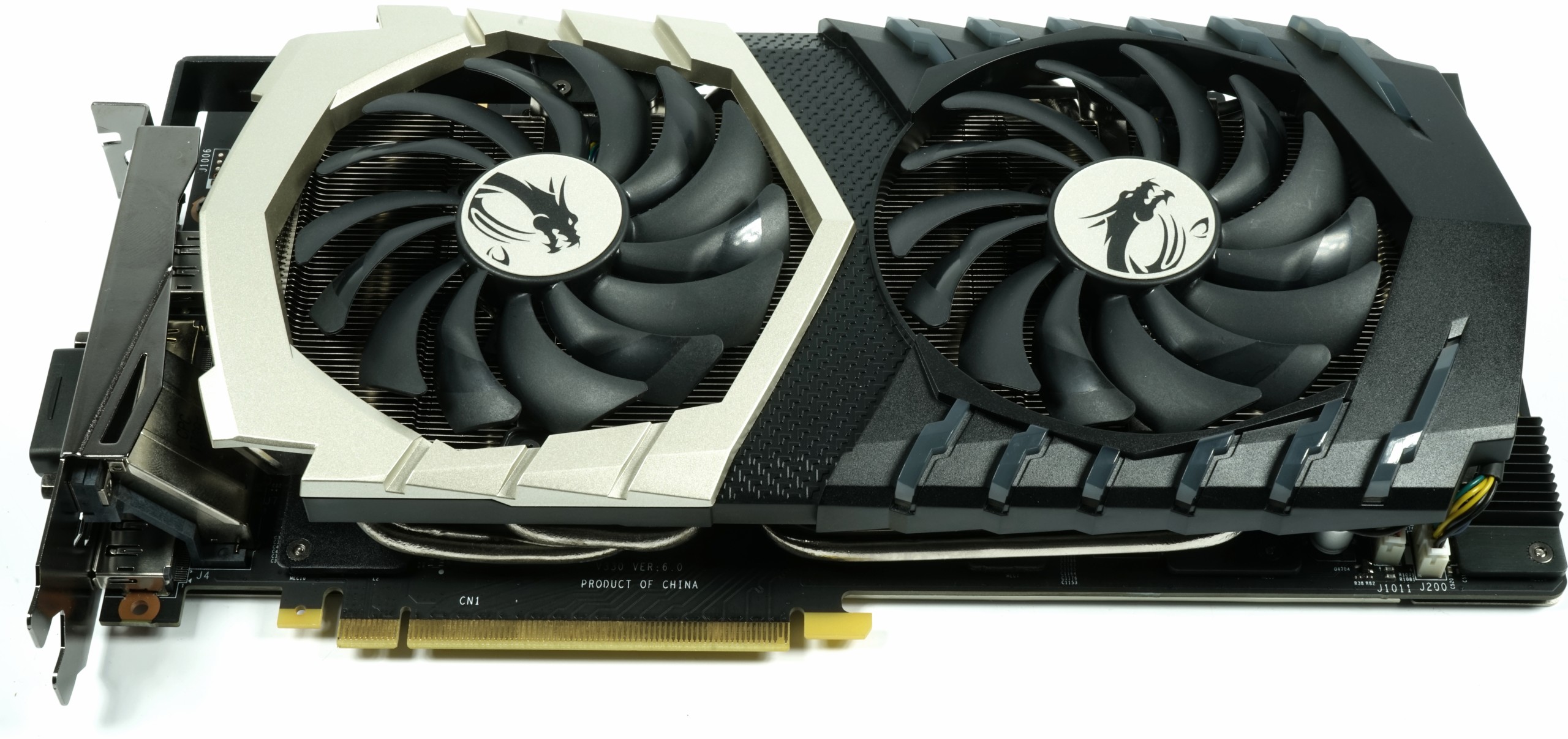 |
| Zotac GTX 1070 Ti Amp! Extreme |
09.11.2017 |
Specifications
Since the ex-factory specifications must be the same for all GeForce GTX 1070 Ti, the following table applies equally to all cards:
| Gpu |
GeForce GTX 1080 (GP104) |
GeForce GTX 1070 Ti (GP104) | GeForce GTX 1070 (GP104) |
|---|---|---|---|
| Sms |
20 | 19 |
15 |
| CUDA Cores |
2560 | 2432 |
1920 |
| Base Clock |
1607 MHz |
1607 MHz |
1506 MHz |
| GPU Boost Clock |
1733 MHz | 1683 MHz |
1683 MHz |
| GFLOPs (Base Clock) |
8228 | 7816 |
5783 |
| Texture Units |
160 | 152 |
120 |
| Texel Fill Rate |
277.3 GT/s | 244.3 GT/s |
201.9 GT/s |
| Memory Data Rate |
10 Gb/s | 8 Gb/s |
8 Gb/s |
| Memory Bandwidth |
320 GB/s | 256 GB/s |
256 GB/s |
| Rops |
64 | 64 |
64 |
| L2 Cache |
2MB | 2MB |
2MB |
| Tdp |
180w |
180w |
150w |
| Transistor |
7.2 billion | 7.2 billion |
7.2 billion |
| The Size |
314 mm2 | 314 mm2 | 314 mm2 |
| Process Node |
16nm | 16nm | 16nm |
Test system and measurement methods
The new test system and the methodology have already been described in great detail in the basic article "How We Test Graphics Cards" (English: "How We Test Graphics Cards") and therefore, for the sake of simplicity, we now only refer to this detailed Description. So if you want to read everything again, you are welcome to do so. However, we have improved CPU and cooling once again in order to largely exclude possible CPU bottle necks for this fast card.
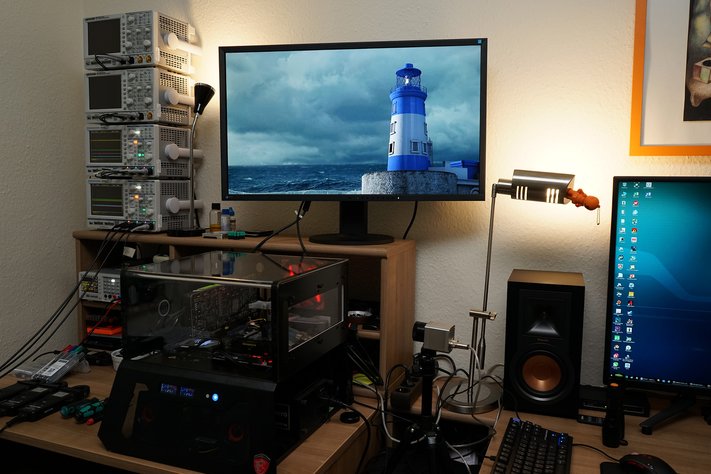
If you are interested, the summary in table form quickly provides a brief overview:
| Test systems and measuring rooms | |
|---|---|
| Hardware: |
Intel Core i7-6900K -4.3GHz MSI X99S XPower Gaming Titanium Corsair Vengeance DDR4-3200 1x 1 TByte Toshiba OCZ RD400 (M.2, System SSD) 2x 960 GByte Toshiba OCZ TR150 (Storage, Images) Be Quiet Dark Power Pro 11, 850-watt power supply Windows 10 Pro (all updates) |
| Cooling: |
Alphacool Ice Block XPX Alphacool Ice Age 2000 Chiller 2x Be Quiet! Silent Wings 3 PWM (Closed Case Simulation) Thermal Grizzly Kryonaut (for cooler change) |
| Housing: |
Lian Li PC-T70 with expansion kit and modifications Modes: Open Benchtable, Closed Case |
| Monitor: | Eizo EV3237-BK |
| Power consumption: |
non-contact DC measurement on the PCIe slot (Riser-Card) non-contact DC measurement on the external PCIe power supply Direct voltage measurement on the respective feeders and on the power supply 2x Rohde & Schwarz HMO 3054, 500 MHz multi-channel oscillograph with memory function 4x Rohde & Schwarz HZO50, current togor adapter (1 mA to 30 A, 100 KHz, DC) 4x Rohde & Schwarz HZ355, touch divider (10:1, 500 MHz) 1x Rohde & Schwarz HMC 8012, digital multimeter with storage function |
| Thermography: |
Optris PI640, infrared camera PI Connect evaluation software with profiles |
| Acoustics: |
NTI Audio M2211 (with calibration file) Steinberg UR12 (with phantom power for the microphones) Creative X7, Smaart v.7 own low-reflection measuring room, 3.5 x 1.8 x 2.2 m (LxTxH) Axial measurements, perpendicular to the center of the sound source(s), measuring distance 50 cm Noise in dBA (Slow) as RTA measurement Frequency spectrum as a graph |














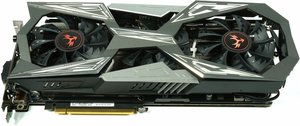
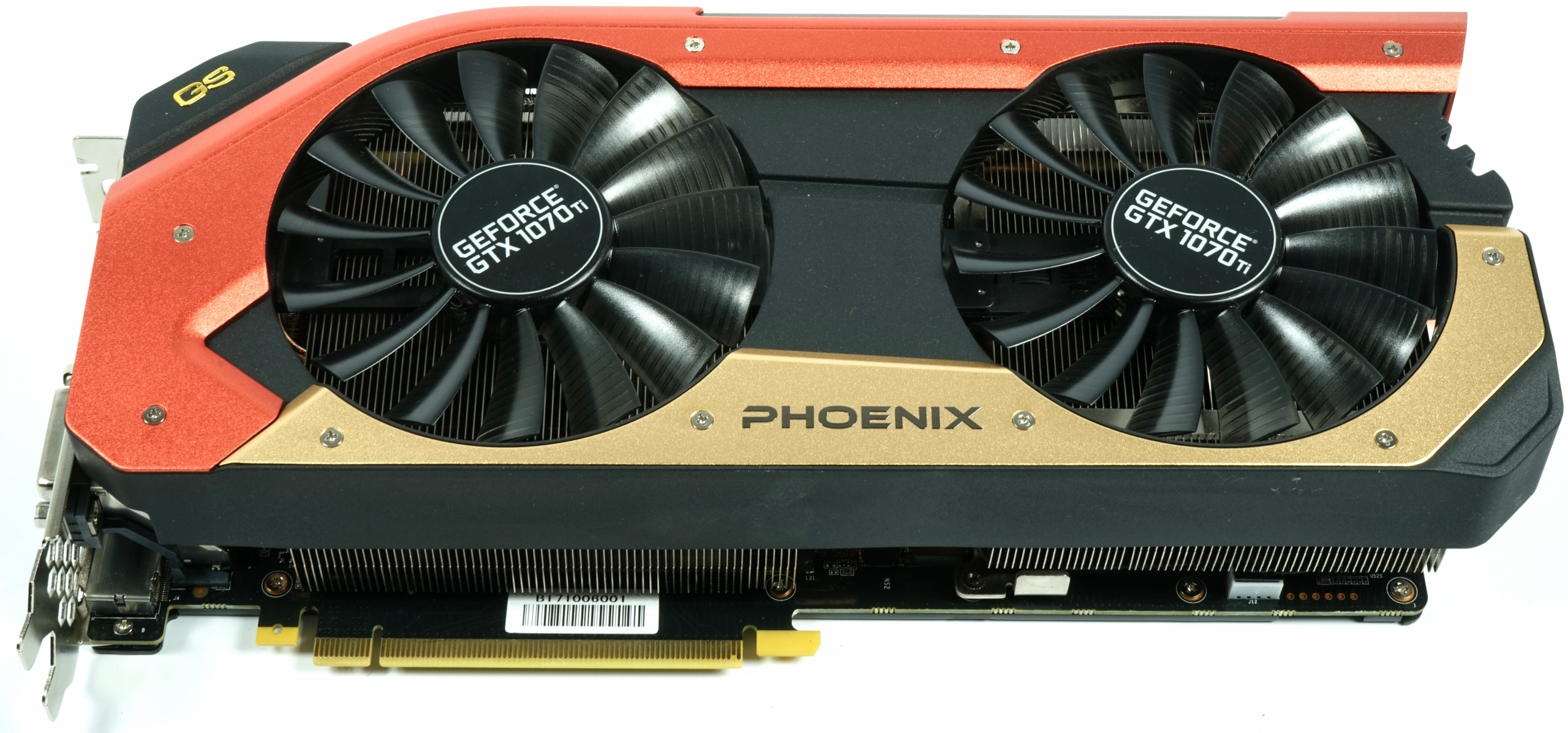
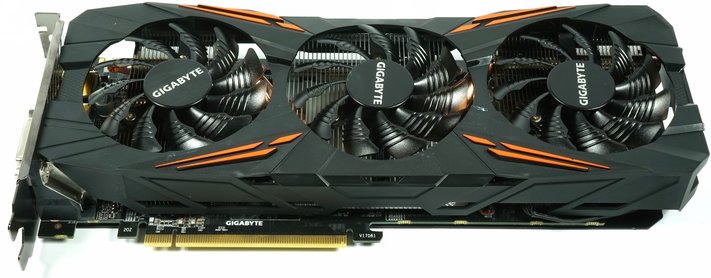
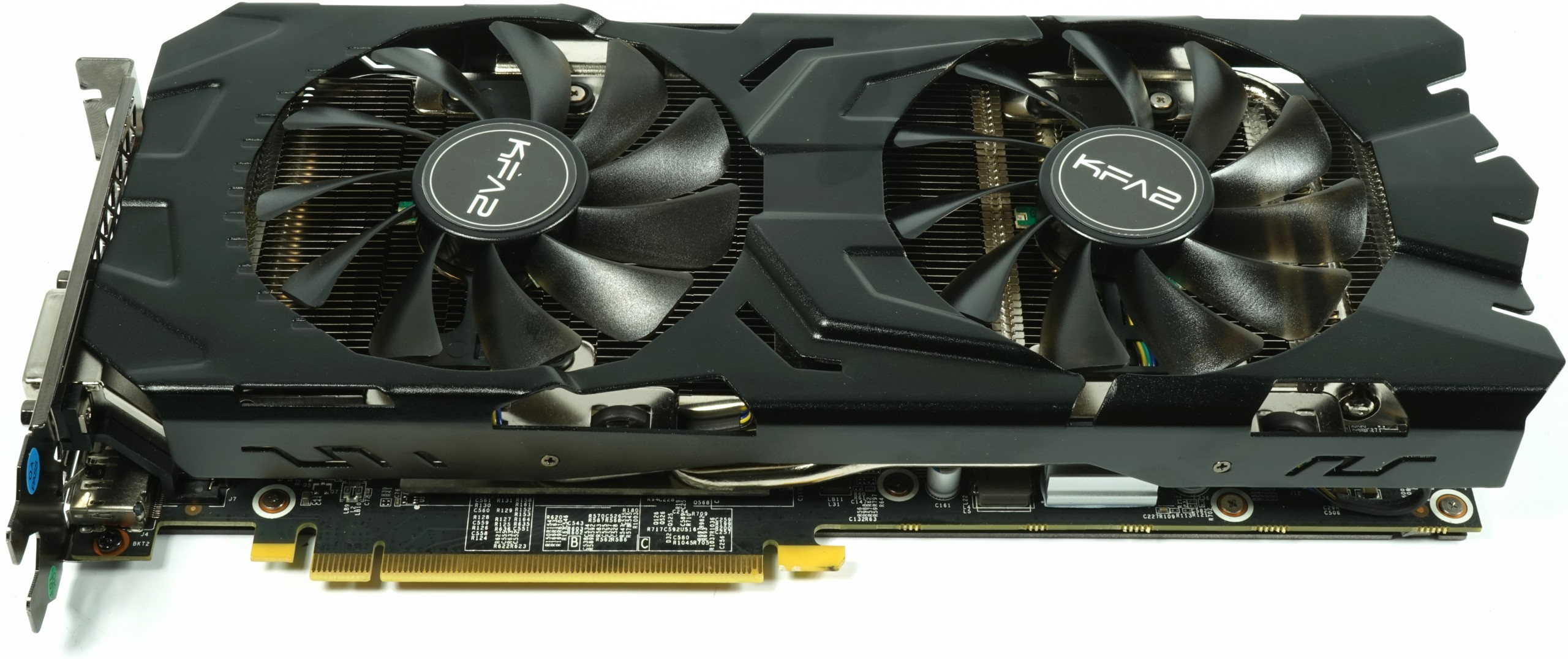
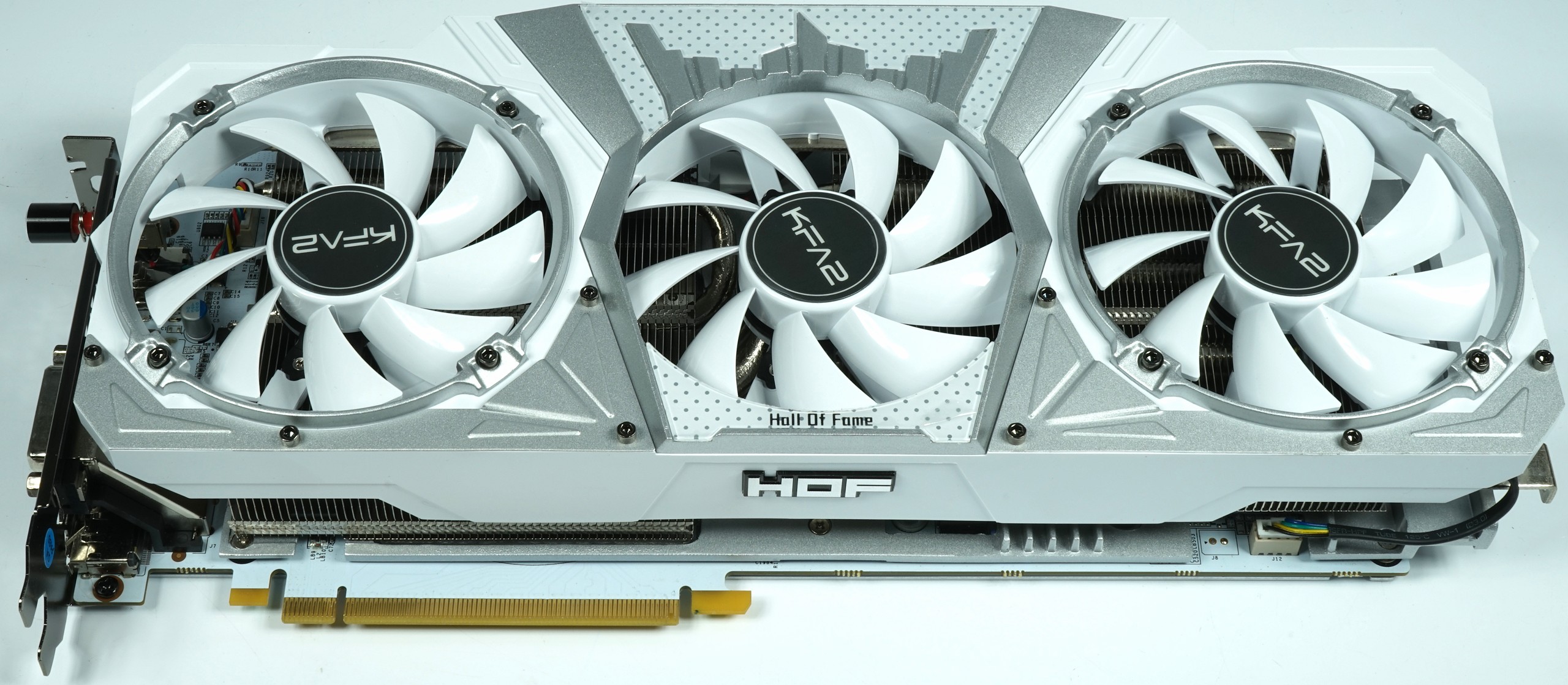
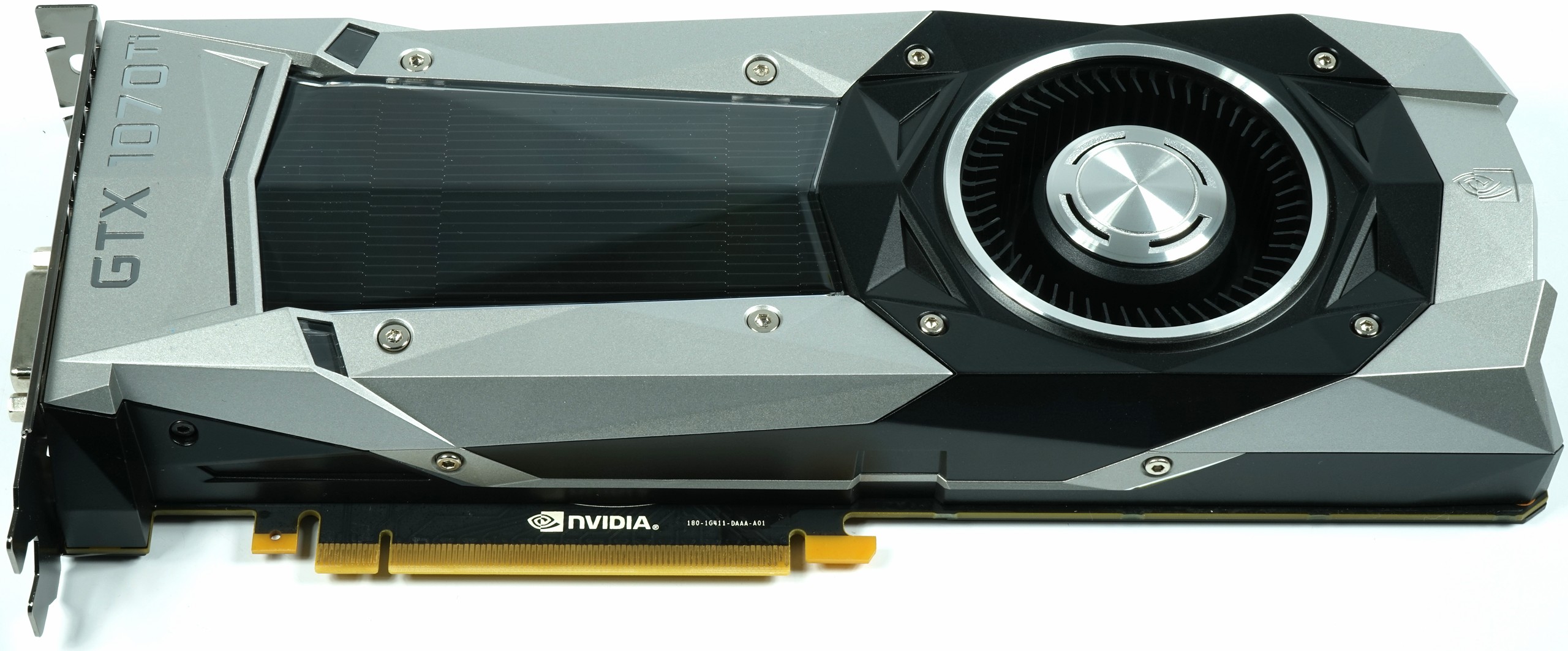
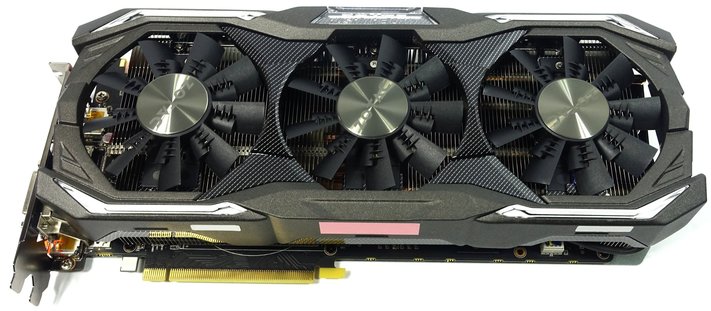

















Kommentieren